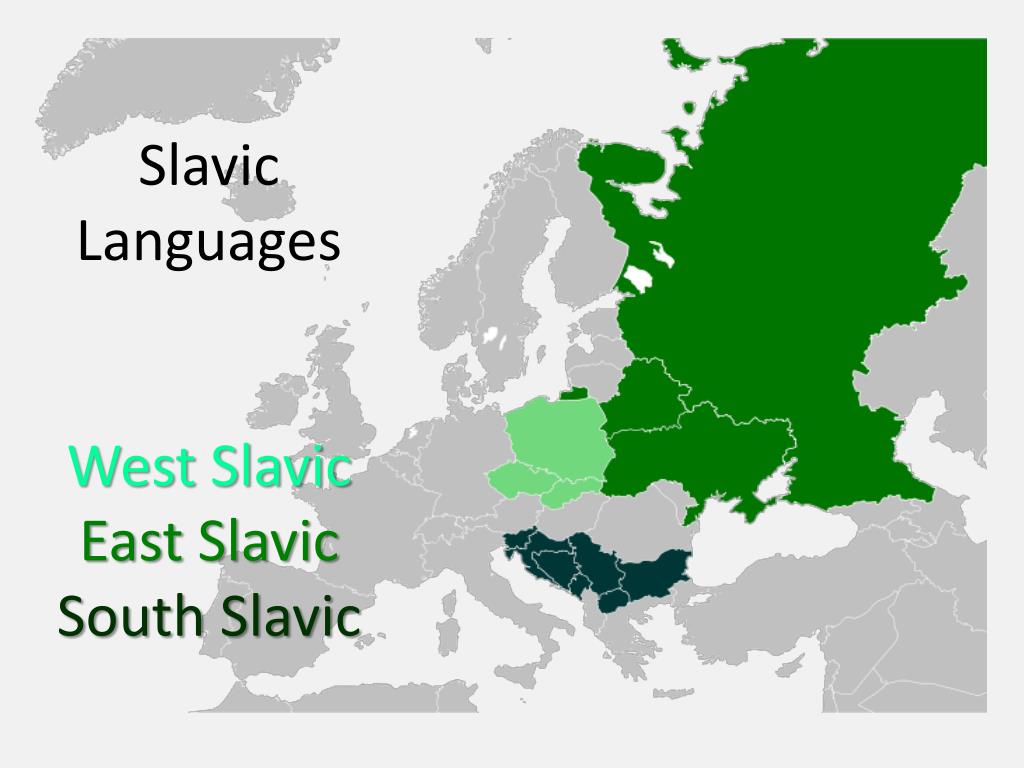The Slavic languages, also known as the Slavonic languages, are Indo-European languages spoken primarily by the Slavic peoples and their descendants. They are thought to descend from a proto-language called Proto-Slavic, spoken during the Early Middle Ages, which in turn is thought to have descended from the earlier Proto-Balto-Slavic language, linking the Slavic languages to the Baltic languages in a Balto-Slavic group within the Indo-European family. The Slavic language group contains three subfamilies:
- East Slavic, consisting of Russian, Belarusian (Belarusan), and Ukrainian;
- West Slavic, consisting of Polish, Czech, Slovak, and Sorbian (the latter spoken in Germany and also known as Lusatian);
- South Slavic, consisting of Bulgarian, Macedonian, Slovene (Slovenian), and Bosnian/Croatian/Serbian (BCS; formerly known as Serbo-Croatian). The Slavs are believed to have expanded from an area corresponding to southwestern Belarus/northwestern Ukraine beginning in the 6th century C.E. , an event that contributed to the linguistic differentiation of Late Common Slavic (LCS) into the modern Slavic languages. In the late 9th century a Byzantine mission to the present-day eastern Czech Republic yielded translations of liturgical texts into Old Church Slav(on)ic, a written language presumed to be very close to LCS. These documents have made it possible for us to reconstruct the history of the Slavic languages quite reliably. Orthography follows religion in dividing the Slavic languages into an Eastern/Orthodox Christian group that uses the Cyrillic alphabet (Russian, Belarusian, Ukrainian, Bulgarian, Macedonian, and part of BCS), and a Western/Catholic and Protestant group that uses the Latin alphabet with the addition of diacritics (Polish, Czech, Slovak, Sorbian, Slovene, and part of BCS).

Travel with Turistica
